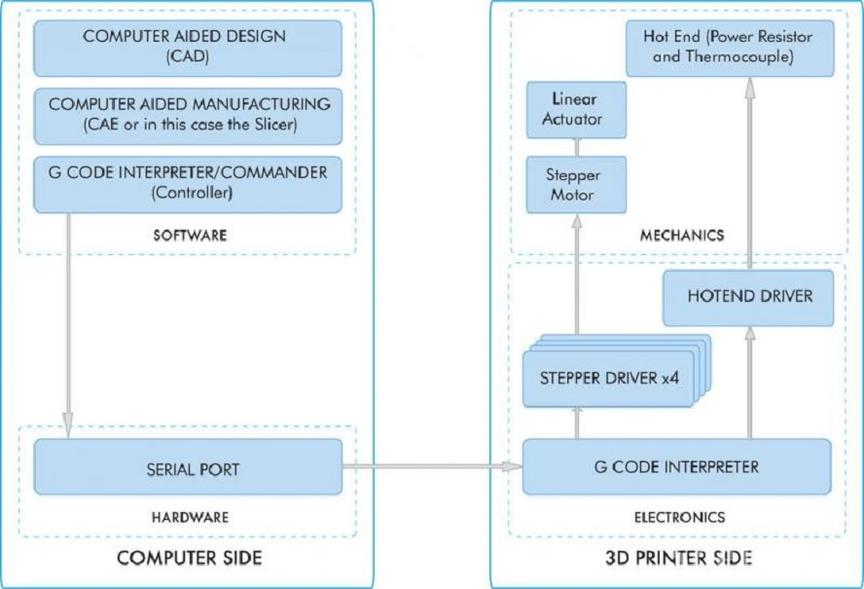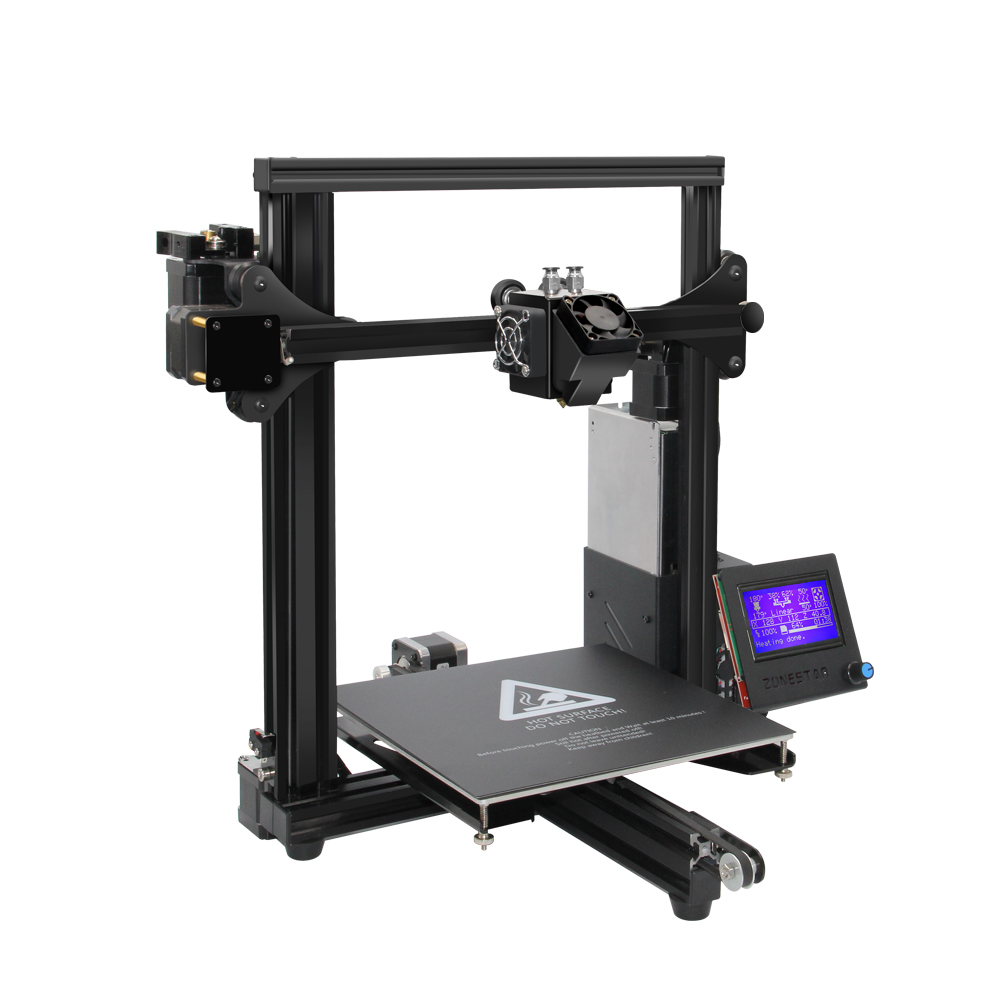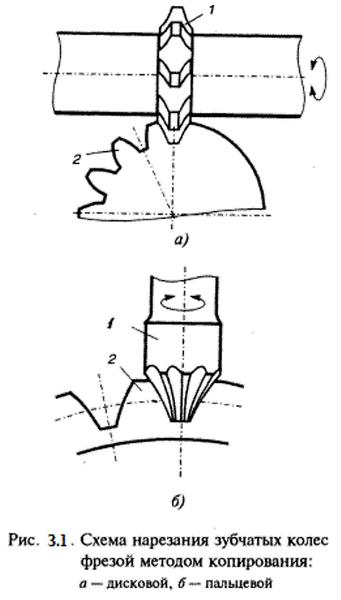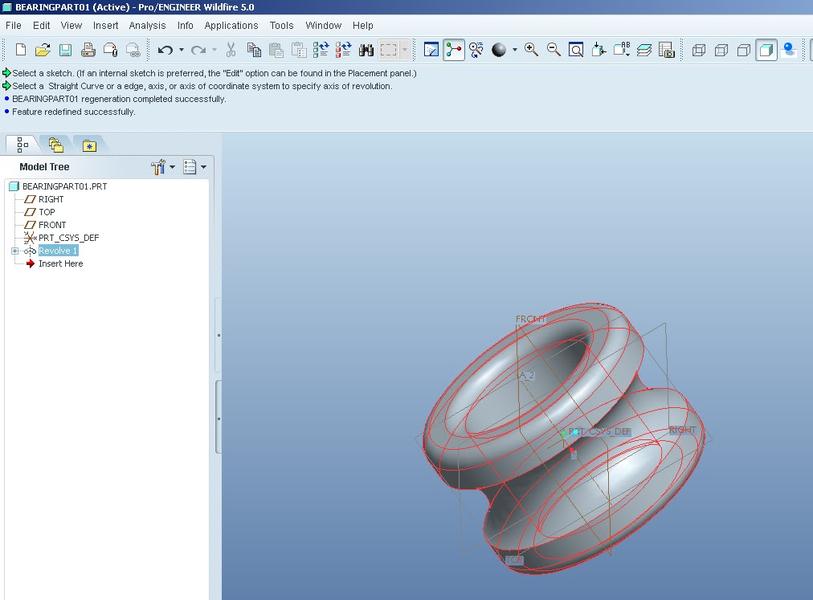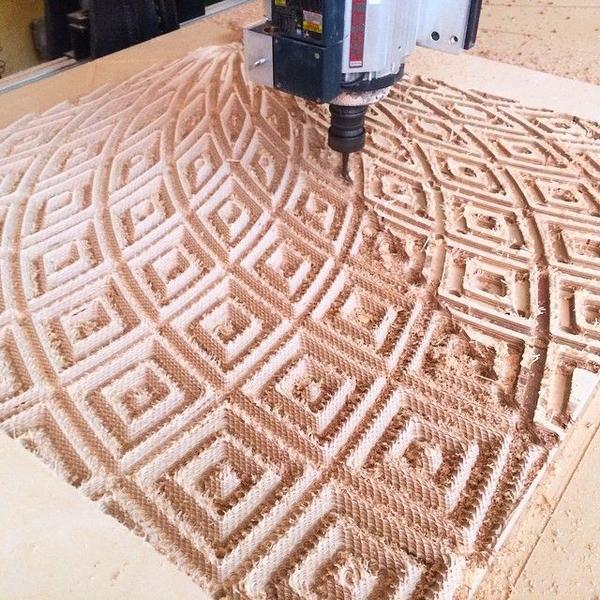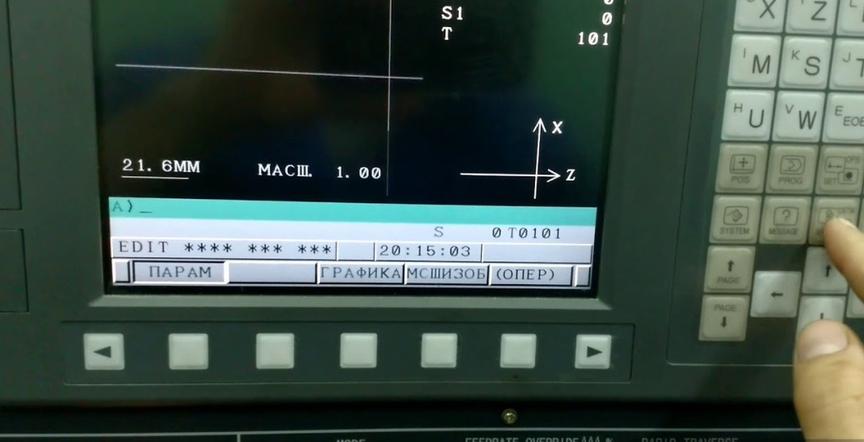How to make a 3D printer from old DVD drives?
In recent times, 3D printing on printers has become very popular, but the equipment is expensive. Not everyone can afford such luxury. A simple 3D printer made from DVD drives can be assembled by hand and it will be quite affordable. At the same time, it will allow you to print various plastic parts at home.
- What is needed for assembly?
- Step-by-step assembly instructions
- What to pay attention to in order to avoid mistakes?
What is needed for assembly?
Parts for a homemade 3D printer can be found in an old computer - CD/DVD drives. Some elements will have to be bought, but their cost is not very high. The following will be needed for the assembly:
- DVD drives - 3 pieces
- SUNFOUNDER Mega 2560 R3 ATmega2560-16AU controller with Arduino - 1 piece. It is better to buy it. The price does not exceed 10–12 dollars.
- Hobbypower A49988 motor drivers for a Reprap 3D printer - 4 pieces. Will cost around 9–10 dollars.
- STEPPERONLINE Nema 17 stepper motor for a DIY CNC 3D printer - 1 piece. Its cost with the connecting cables is about 12–14 dollars.
- QWORK extruder module - 1 piece. Cost - 8–9 dollars.
- Power supply unit with the following parameters: 12 V, 5A.
- Cables, wires, and connectors for connection.
You should prepare the necessary tools and measuring instruments in advance: electric drill, hacksaw, jigsaw, soldering iron, pliers, wire cutters, screwdriver set, multimeter, level, ruler, calipers.
Step-by-step assembly instructions
As a base for the printer, you can use a sheet of plywood or textolite with a thickness of 18–20 mm. It is cut to the required size. The base is marked. Holes are drilled to attach the supporting elements of the structure. The assembly is conditionally divided into several main stages.
X, Y, Z axes
The assembly of the printer starts with the installation of the frame in the form of vertical supports made of wood or aluminum profile. They are fastened to the base. Then, the Z axis is formed from one DVD drive (photo 1). The platform is installed vertically. For the Y axis, the drive is attached sideways. A similar DVD drive is attached to this for movements along the X axis. As a result, a system (photo 2) is formed that allows the extruder head to move in two directions parallel to the base and in the vertical direction, adjusting the gap between the nozzle and the working surface.
The "brain" part, consisting of an Arduino Uno, CNC Shield, A49988 drivers, and other control elements, is fastened to the back of the drive. Their connection is ensured. The extruder module is mounted on the Z axis. On top of the extruder, a Nema 17 stepper motor is mounted, which should provide the feed of plastic (filament). It is better to connect it with a reducer assembled from standard gears for a 3D printer.
Power source
The next step is to install the power supply unit for the drives. It is important to connect it so that it provides direct power with a switch on the stand. Two wires of the unit (12 V and GND) are used to power the controller. Any power supply unit for a computer, for example, from a 20pin PC, will be suitable.
Motor testing
The preparation of the motors for work in new conditions can be done using special programs. In particular, the Arduino 23 version is quite suitable. After its installation, a program for flashing the motors is downloaded. Marlin can be selected. The computer is connected to the CNC controller via a USB cable. The necessary serial port for Arduino IDE tools is selected. The firmware is opened, then the configuration parameters are displayed: #define MOTHERBOARD 3, Thermistor 7 and PID, as well as step 9 per unit for controller setup.
Setting control through a computer
To control the printer, software must be installed. One of the simplest and most reliable programs is Repetier host. The slicer connects the sections of the object with the layers and generates G-code for the printer. Slices are adjusted by layer height, print speed, and other parameters. Slicer configurations such as Skeinforge or Slic3r can be used.
Power adjustment
The next step is to test the motors to adjust the current and intensity. The software is started and coordinated with the controller. Then you can move on to manual motor control. First of all, the maximum current value at which they will not overheat is adjusted. The adjustment is made for each axis separately. A multimeter is used for measurements, set in amplifier mode.
The computer is connected again and the current increase corresponding to the motor step is checked. Portable potentiometers are used to set the current limits for each axis. The maximum current values are: for the board - 80 mA, X and Y axis steppers - 200 mA, Z axis - 400 mA. A limit current of about 400 mA is also set for the extruder.
Construction creation
In the printer's construction, it is important to ensure sufficient strength and usability of the frame and guides. They are the most important structural elements. They can be printed on a 3D printer using templates or cut with lasers using Auto Cad program from an acrylic plate about 5mm thick. This technology ensures the creation of a structure without glue or screw connections.
Axis calibration
The uploaded Marlin program is able to provide standard axis calibration. More precise programs are not needed for a homemade printer. It is important to ensure that all movements correspond to the G-code distances. The task is simplified since the same threaded spindles of DVD drives are used for all axes.
When calibrating, the number of motor steps for movement in 1 mm is determined. The parameter depends on the motor speed and pulley radius. Adjustment is repeated 3–4 times to ensure increased accuracy.
Extruder installation
The extruder module is attached to the movable element of the frame, which can move along the guides in the vertical direction from the DVD drive of the Z axis. Feeding of the plastic filament is provided by the NEMA 17 motor, the shaft of which is connected with MK7/MK8 type gears. The corresponding drivers are installed to control the motor: idle extruder, body extruder, and laser. Plastic delivery to the heating chamber of the module is done through a Teflon tube. The main motor is securely fixed to the frame. Its calibration is carried out. For this, a controlled section of the filament is fed, which must correspond to a certain distance of movement (for example, 10 cm).
Test printing
After completing the assembly, a test print of the part is performed. Usually, a 1.75 mm diameter PLA filament is used. The test program in Repetier is activated. It is recommended to start with printing a standard 10 mm sided cube. Such a part will be made quickly and without unnecessary material costs, allowing you to assess the accuracy of dimensions in all three axes. The extruder temperature for printing is set within the range of 190–210 °C.
Before starting the print, the origin point is set, i.e., X, Y, Z = 0. The gap between the nozzle and the working surface is set using a sheet of paper. Adjustment along the Z axis provides a gap equal to the thickness of the sheet (Z=0).
What to pay attention to in order to avoid mistakes?
When making a 3D printer by yourself, you should consider the following nuances:
- The main saving is achieved by using DVD drives to provide movements on the axes and constructing a homemade frame.
- Do not skimp on the extruder, main stepper motor, and its gearbox. It is better to buy standard, new products intended for 3D printers, as the performance of the entire device depends largely on them.
- Particular attention is paid to power (current) adjustments to avoid overheating of the motors.
- Print quality depends largely on the correctness of the calibration along all axes. It should be conducted before each printer startup.
- It is important to ensure perfect horizontalness of the working platform.
- The guides must have a sufficient degree of processing accuracy for free movement of the head along all axes.
- Standard plastic (usually PLA) should be used for printing. The extruder temperature should correspond to the plastic type.
With careful assembly and the use of quality components, it is possible to make a functional 3D printer. Its accuracy is inferior to factory models, but it will be sufficient for printing items with practical use. Home craftsmen have proven that a homemade printer is quite capable of replacing expensive equipment in a home setting.
```
